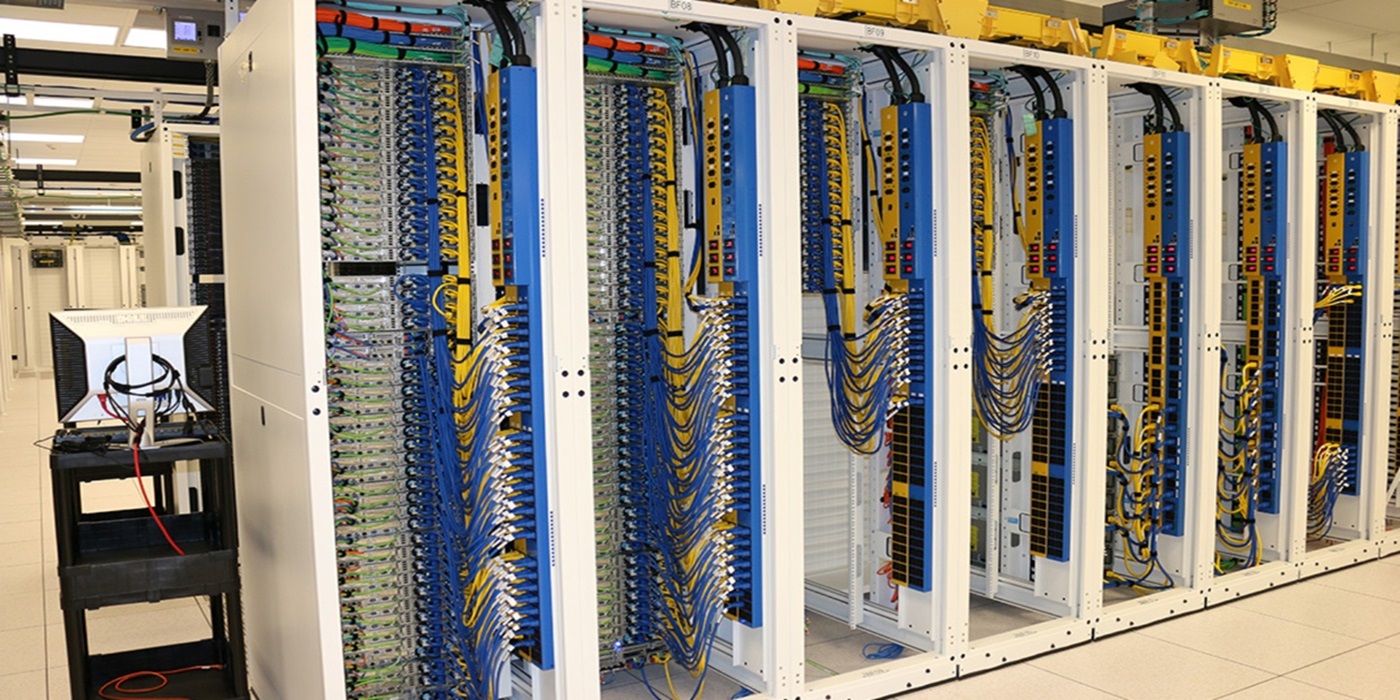Service : Structured Cabling
WHAT IS STRUCTURED CABLING?
Structured cabling is a standardized approach to cable installation that ensures compatibility and interoperability between different systems and devices. The goal of structured cabling is to enable the distribution of telecommunications services using a consistent and reliable infrastructure. In addition, this infrastructure should be designed in a way that simplifies the future growth of your business.
A well-designed structured cabling system can provide many benefits, including:
• Reduced installation and maintenance costs.
• Increased flexibility and scalability.
• Improved performance and reliability.
• Enhanced security and safety.
For our article on Structured cabling components follow this link.
WHY IS STRUCTURED CABLING IMPORTANT?
Investing in a structured cabling system is an important step in ensuring that your business can keep up with the latest technologies. Furthermore, by having a well-organized and reliable cabling infrastructure, you can avoid costly and time-consuming upgrades down the road.
Structured cabling is a term used in telecommunications to describe the cabling infrastructure within a building. The term is used because the cabling is organized into specific areas or zones, usually named after the function of the room or area in which they are installed. This type of cabling infrastructure allows for more flexibility when installing new technologies, as well as easier upgrades and maintenance.
One of the most common examples of legacy cabling that needs to be upgraded is old telephone wiring for PBX systems. With the rise of VoIP (Voice over IP), many businesses are finding that their current cabling infrastructure is not up to par. The same can be said for CCTV cabling and Wi-Fi cabling, as newer standards have surpassed the capabilities of older cables.
Network Cabling Design
There are three main components of a structured cabling system:
1. The physical infrastructure.
2. Telecommunications room (TR).
3. Work-area components.
The physical infrastructure is the most important part of a structured cabling system, it includes the cabling and associated hardware. For example, patch panels, cable trays and racks. All cabling must be installed correctly and meet industry standards in order to function properly. The telecommunications room (TR) houses the equipment that connects the cabling infrastructure to the outside world. The work-area components are the user devices that are connected to the cabling infrastructure. For example, computers, phones and printers.
Labelling
A structured cabling installation should be easy to follow, with a consistent labelling scheme. The labelling should specify the following:
- Each cables task or function.
- The port to which each cable is attached.
- The chassis or cabinet in which each port is located.
- Location of each cabinet or chassis.
- The identity of the equipment to which each cable is attached.
As a result, this will help ensure that all cables are correctly connected, and make it easier to troubleshoot any problems that may arise.
Structured Cabling Documentation
A good cabling system should be well documented. This documentation will be invaluable when it comes time to upgrade or troubleshoot the system. It is also a good idea to keep copies of all invoices and receipts for the cabling and equipment, in case there is ever a warranty issue.
In addition, a well-designed and installed structured cabling system can save your business time and money in the long run. By having a reliable infrastructure in place, you can avoid costly and time-consuming disruptions due to outdated or faulty cabling.
This documentation should include:
- Description of the colour coding scheme used for each type of cable.
- A floor plan of the premises. Showing the location of all telecommunications rooms, work areas, and cable runs.
- A list of all equipment in each telecommunications room, including a description of each piece of equipment and its function.
- The name and contact information for the structured cabling contractor.
- A wiring diagram showing the connection of all cabling runs, patch panels, and equipment
- A list of all user devices and their locations.


























